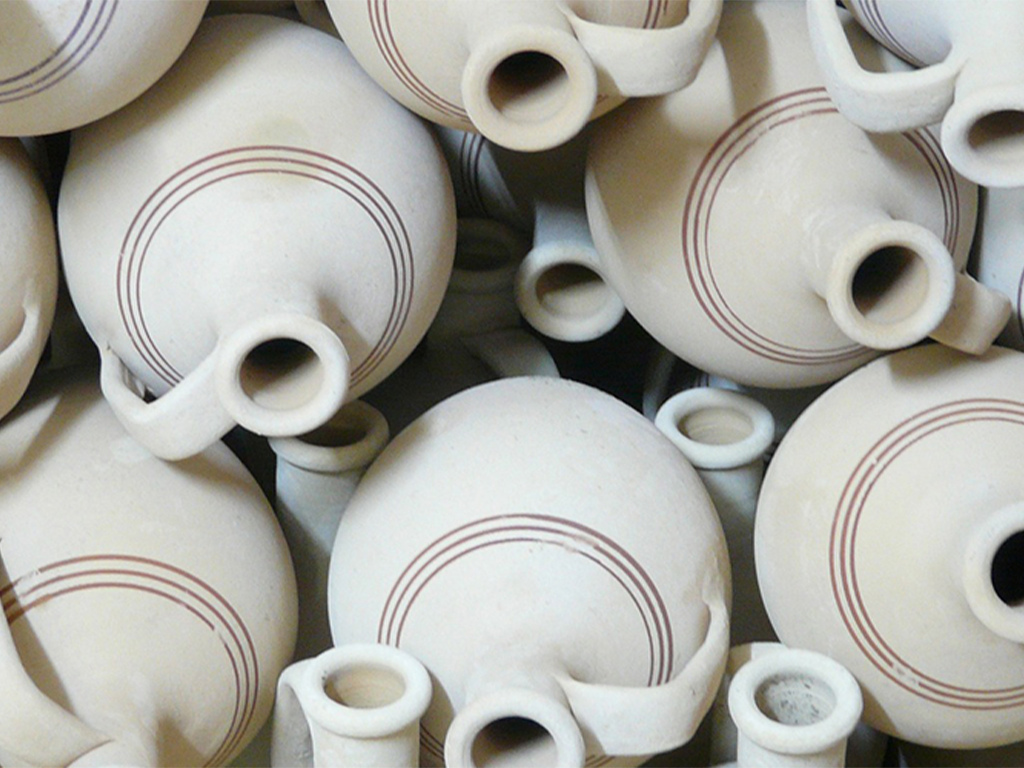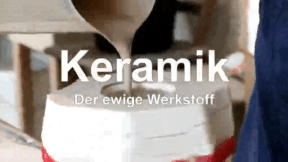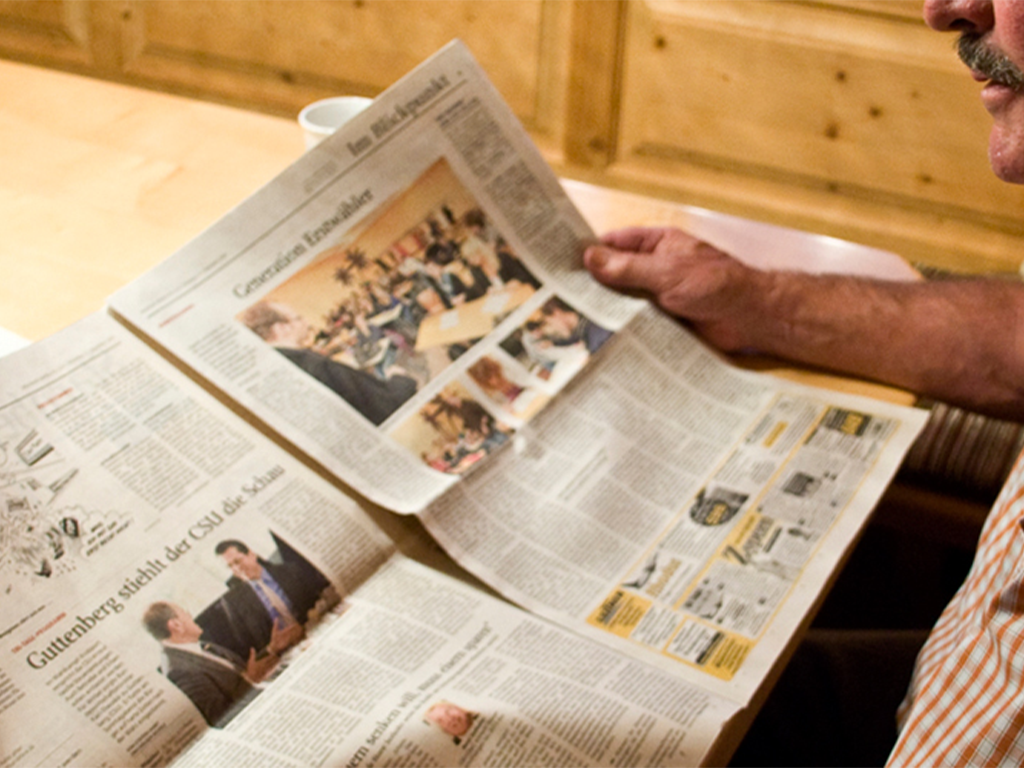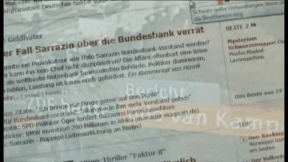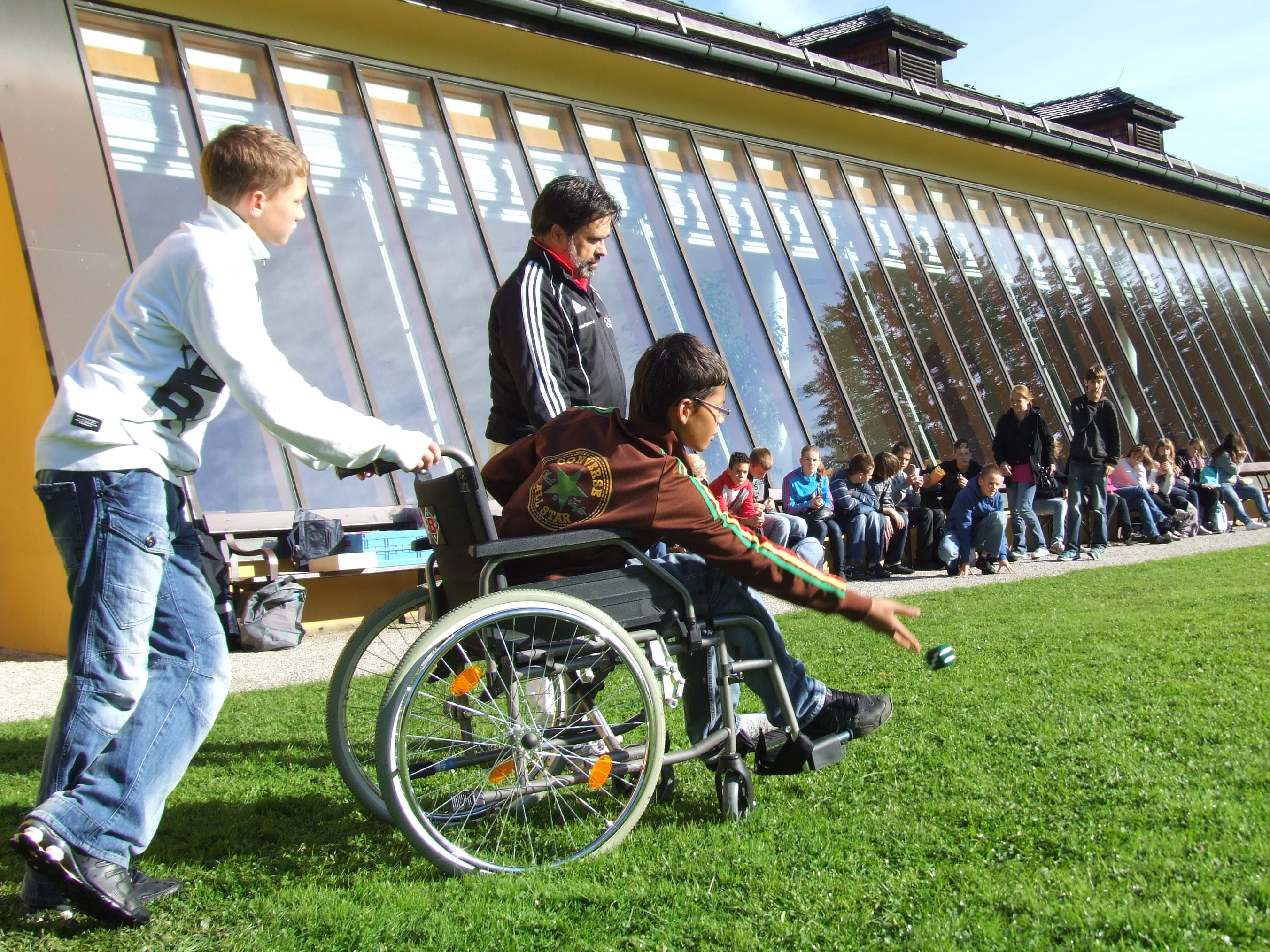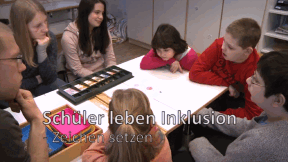 Biology
Biology

4667256 / 5558717
Blossoms
Structure and Pollination
In impressive pictures several interesting biological topics are conveyed by this film: knowledge of the structure of blossoms, their variety of forms as well as significance and purpose of their colours and scents. Thus it becomes comprehensible why blossoms are so differently structured, how self pollination is avoided and which evolutionary achievement is behind the symbiotic interaction between blossoms and pollinators. Pollination is a “deal“: the plant offers the insects nectar in exchange for the transport of the pollen. Prerequisite for this is the mutual adaptation process of the blossom to the mouthparts of the insect and vice versa. That cheating goes on during this “business relationship” between plant and animal is illustrated with the example of flower mimesis. The perfect way in which blossoms succeed in attracting insects without offering them nectar in return is another highlight of this film. Together with the extensive accompanying material the DVD is perfectly suited for use in the classroom.
Play trailer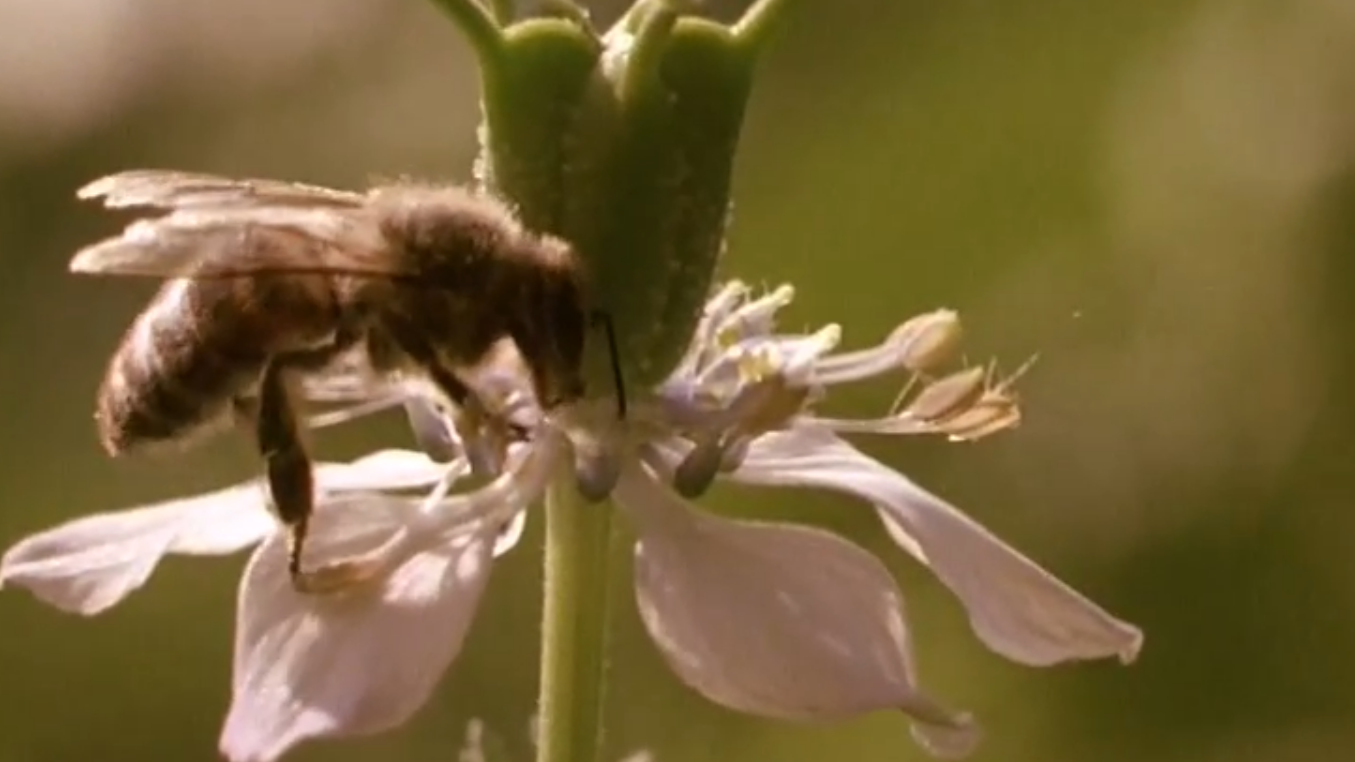
Curriculum-centred and oriented towards educational standards
Matching
Ceramic
Ceramics are indispensable in our everyday lives. We eat from ceramic plates, drink from ceramic cups, use tiled ceramic bathrooms. But how is ceramic manufactured? The film reveals the secrets of this fascinating material! We get to know more about the beginnings of ceramic in the Old World of Egypt and Mesopotamia, about Greece, China and Rome. We gain interesting insights into the valuable earthenware and are also shown the exquisite further development of the "white gold". Today this versatile material is irreplaceable in industry, too. Whether in space or as an easily compatible substitute in medicine, ceramic is applied in many places.
The Daily Newspaper
Every day, there is a surge of news reaching us via different news channels. In spite of TV and Internet, the daily paper still is one of the most important main sources of news. But how is a newspaper created? The film shows the production of a paper in the course of one day. Starting with the editorial meeting in the morning, in which the topics and deadlines are determined, the film accompanies a journalist during her research work. You can see how a journalistic interview is conducted and what the photographer must consider when taking a press photo. Back in the editorial office, the editor’s work is illustrated, which includes the page layout and the writing of an online article in today’s time. Impressive pictures from the printing centre depict the process from the digital page to the finished newspaper. Together with the comprehensive accompanying material, the DVD is perfectly suited for use at school




